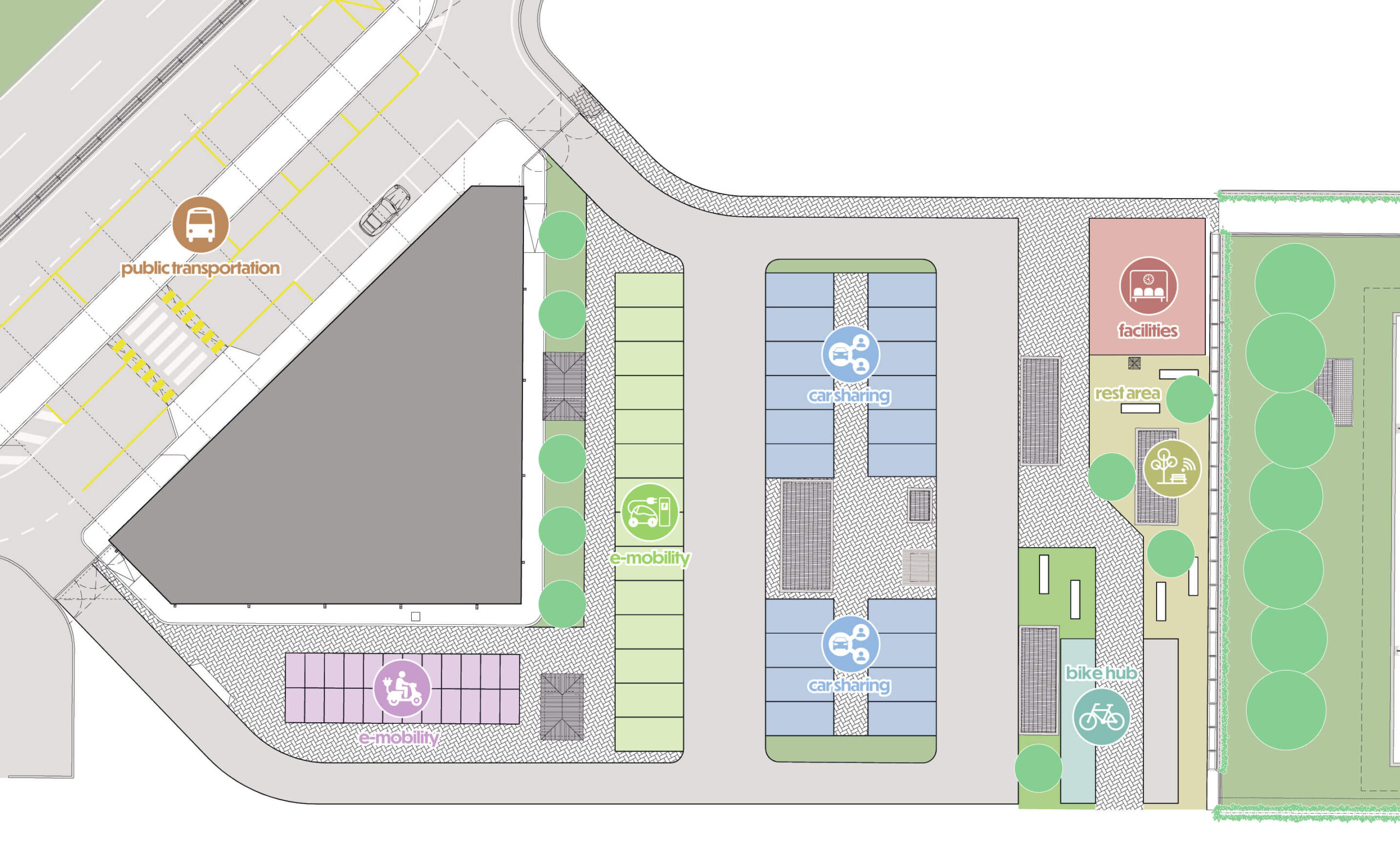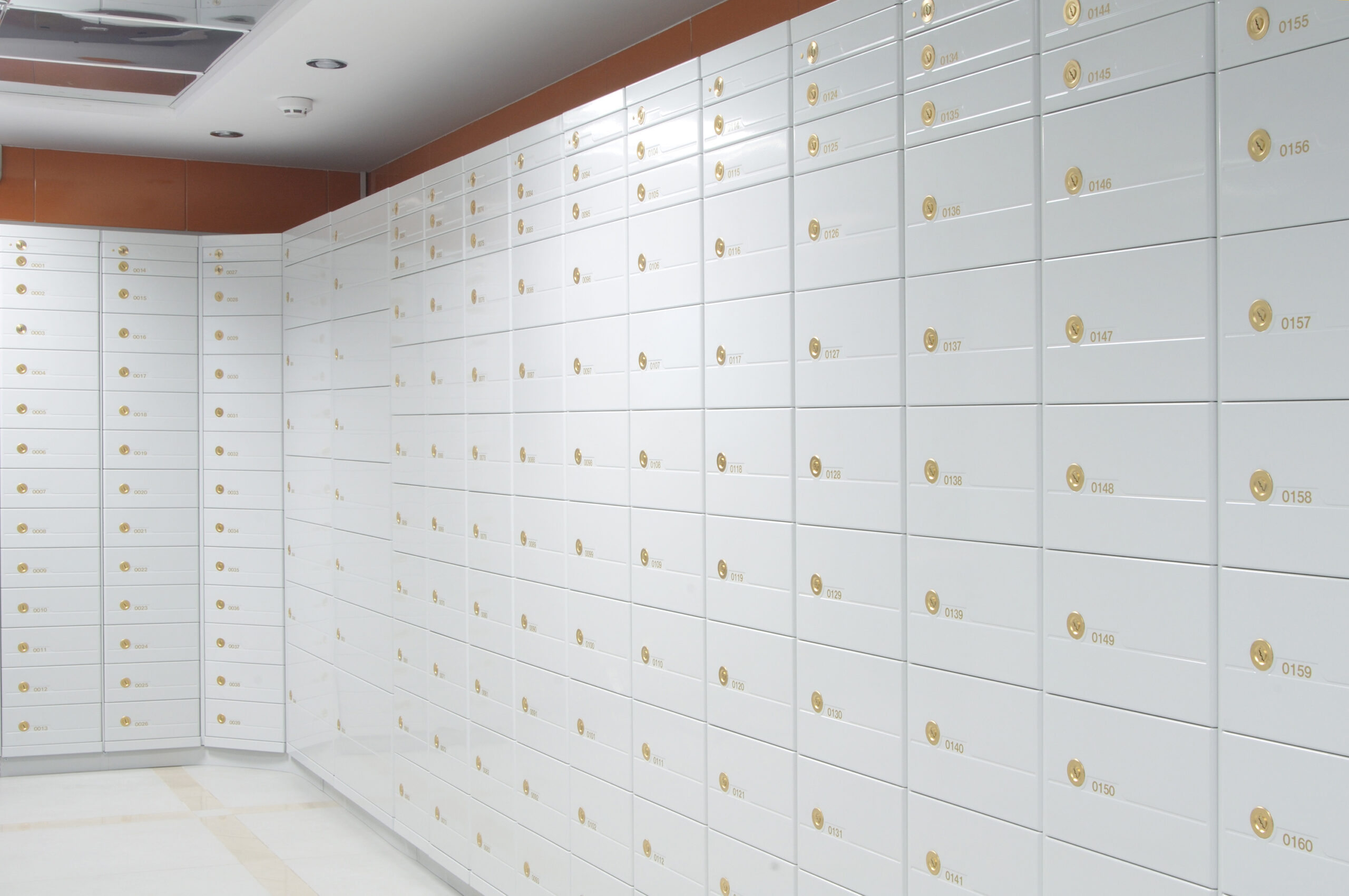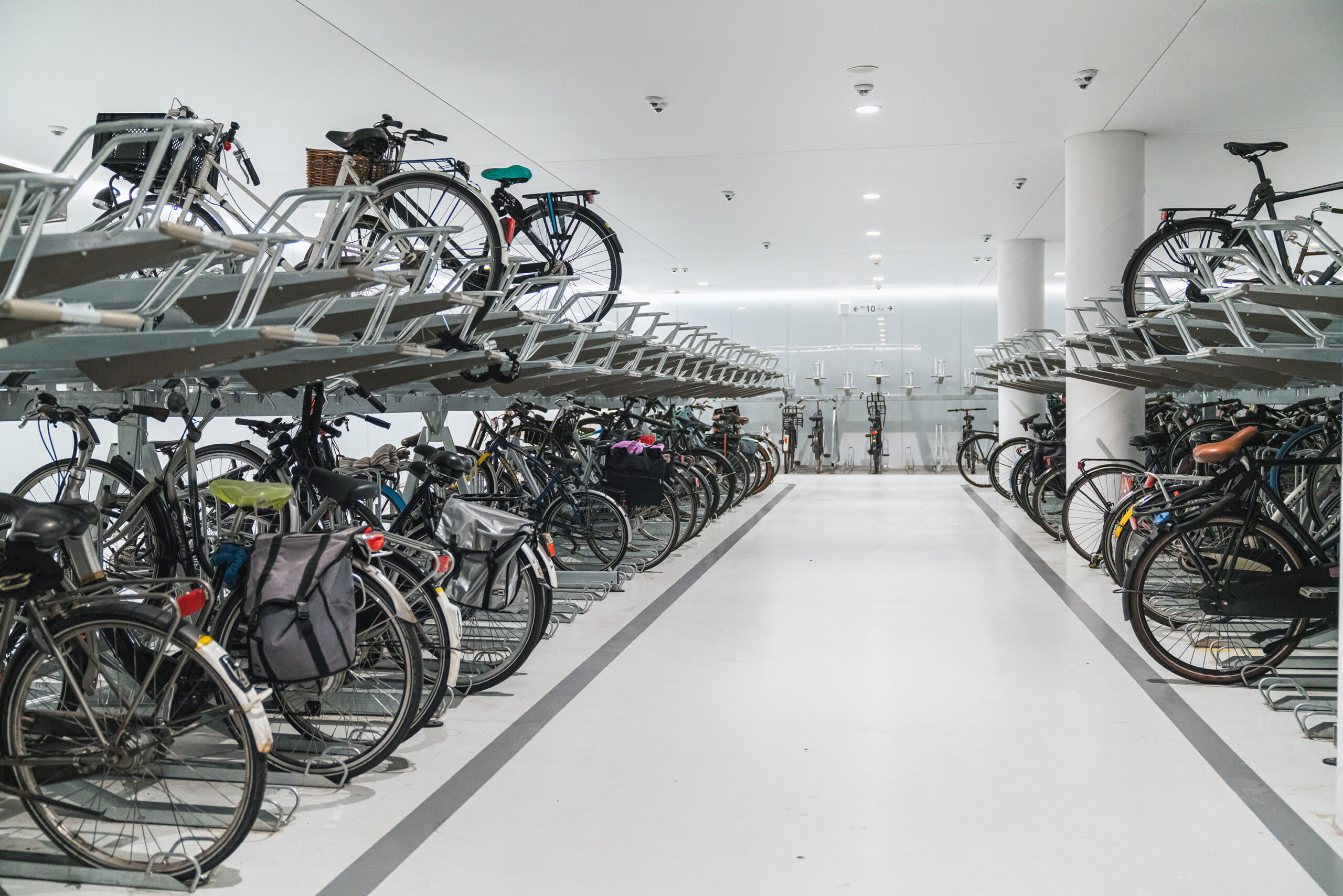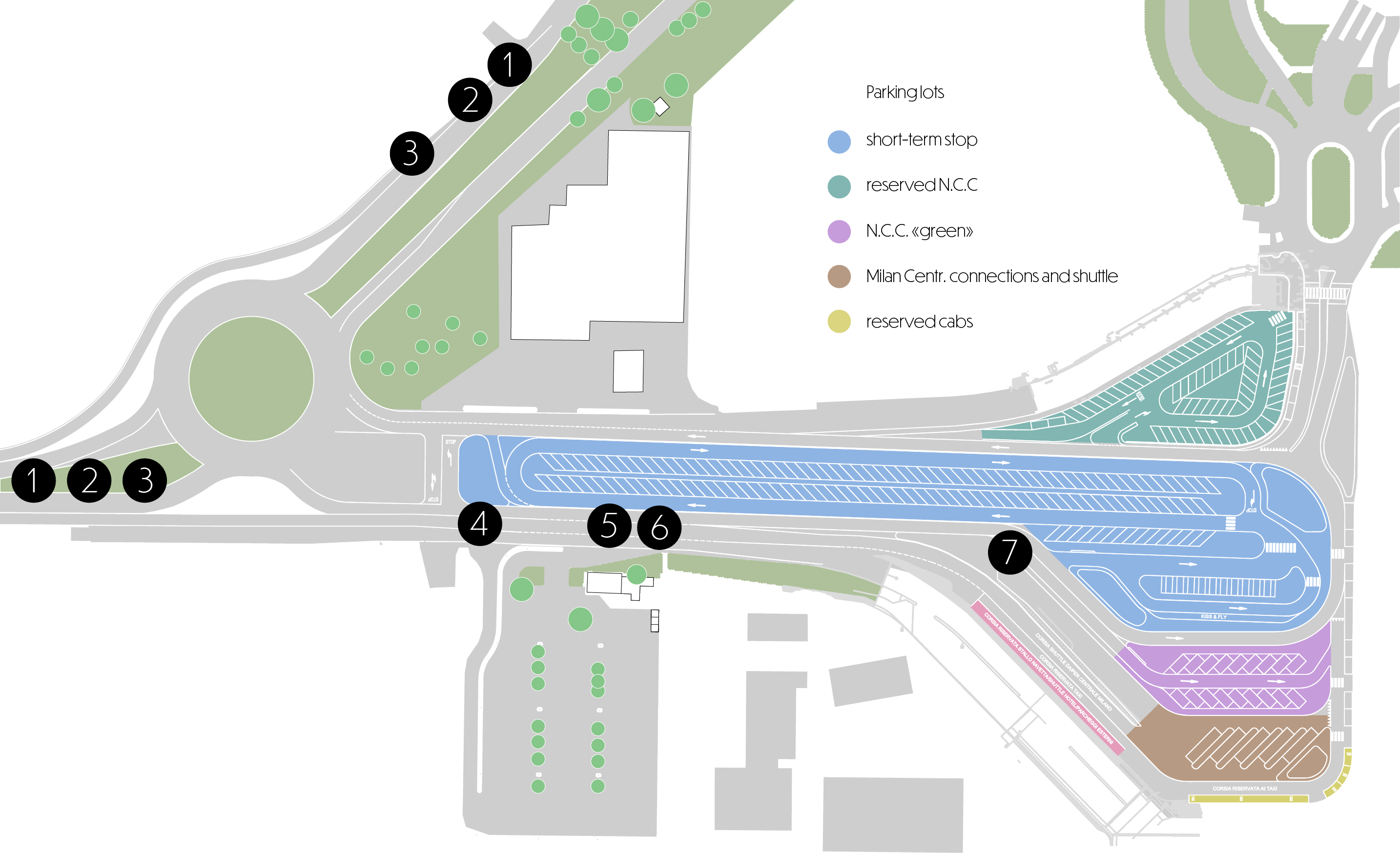The system study for Milano Linate
Reconfiguring airport accessibility.
Milano Linate is one of the main Italian city airports able to react to the challenge launched by the great High-Speed revolution. Today, the airport is called on to respond to new challenges and new opportunities in a rapidly evolving reference economic, regulatory, transport and technological scenario, referring to both accessibility to the Milanese metropolitan and regional areas and the offer of innovative services that can answer the new requirements that future users may generate. In the future, the airport will not be just an access terminal to air services but it will be part of a wider regional setting featuring new manufacturing, commercial and residential sites. It will also be the access point to the city upon completion of Line 4 of the underground, whose terminus will be directly connected to the airport.
As a result, SEA (the group managing Milanese airports), in collaboration with NET Engineering, underwent a system study with the aim of creating a support tool for strategic and planning decision-making processes ranging from the analysis of the new short- and medium-term scenario, with the construction of the new underground line M4, and the technological scenarios that will have a direct influence on the innovative mobility services, people and goods. The aim of the study was, therefore, to increase accessibility to the airport by the various transport methods, promoting sustainable mobility, ensuring safe pedestrian mobility inside the public land of the airport, supporting the section of mobility not strictly related to the airport but of interest in the regional context of Linate.

A system approach
The system approach adopted by NET Engineering allowed the development of a project able to make two essential elements converse. First of all, the real mobility needs that the design layout had to respond to. Analysis of the floating car data, to understand how the parking areas are used, in addition to users’ origins and destinations, enabled the effective decision on and organisation of the airport access roads. Secondly, integration of wayfinding, designed by Paul Mijksenaar, one of the leading wayfinding experts worldwide, within the design process from the very beginning. The signs were not designed after the mobility project, as often happens; on the contrary, the two design elements were developed together, integrating and thus generating a final layout with an optimal response to users’ needs. Thus, the internal layout project, with the circulation diagrams, led to an integrated design of the airport access points, currently linked to the area of origin and not efficient for the internal road network. Instead, the new layout sets out access roads differentiated according to the final destination in the public area (Drop off/Pick up points), modifying the plan of possible manoeuvres on access, rationalising internal routes and increasing safety for vehicles and pedestrians alike.
Smart Mobility Hub
The project interpreted Linate not only as a transport terminal but also a true Smart Mobility Hub with the aim of increasing its multi-modal accessibility. A mobility platform with all the transport services to and from the airport – taxis, public transport, car and bike sharing, electric mobility stands and, last but by no means least, the new underground. ‘Linate’ station of the M4 will not only facilitate rapid, sustainable mobility to the airport but will also become an intermodal centre for future residents of the area and Milanese who choose to use it in their free time, exploiting the nearby Idroscalo (seaplane base).
The planning of the Milano Linate Smart Mobility Hub led to the design of a layout not only able to meet the needs of current mobility services but also with the necessary flexibility to host future forms of transport, thinking in the long-term. Just to give an example, the layout of the Smart Mobility Hub can already welcome flexible, scalable, shared, autonomous and green mobility services or intelligent transport systems based on modular electric vehicles. As a result of discussion between the different engineering disciplines, the Milano Linate system study has enabled redesign of the transport terminal, facilitating its accessibility and increasing the sustainability through the adoption of design solutions that allow the maximisation of the benefits arising from existing projects and the extensive amplification of future ones.




